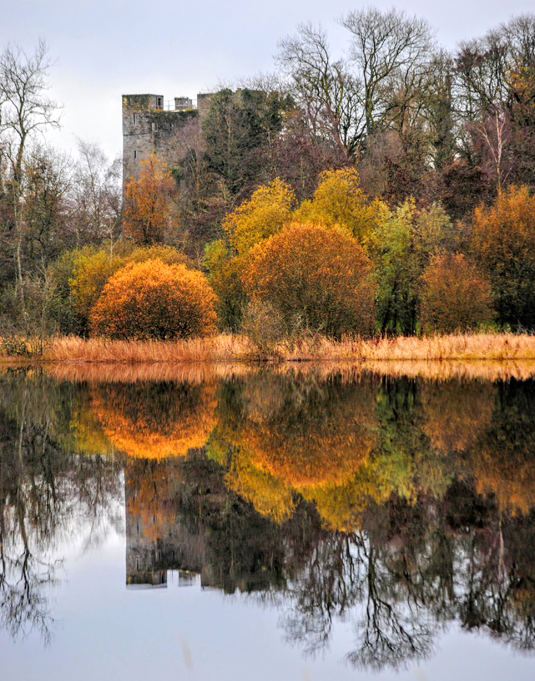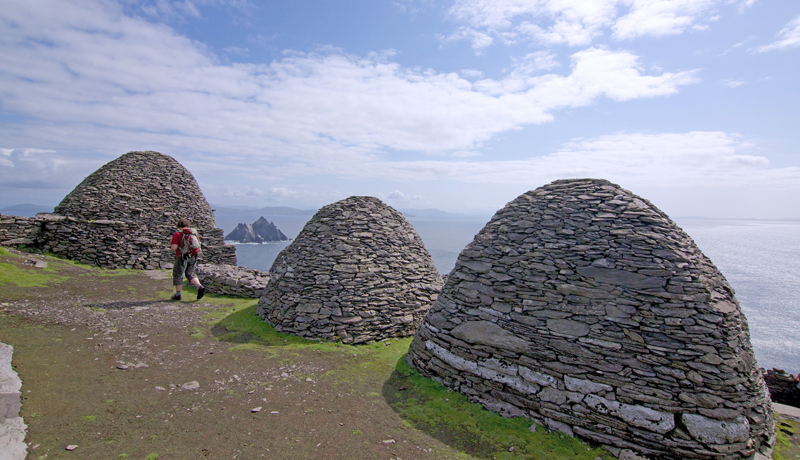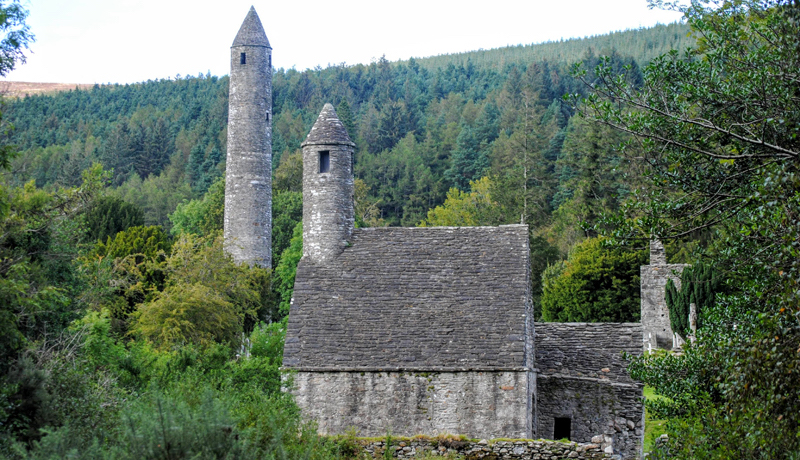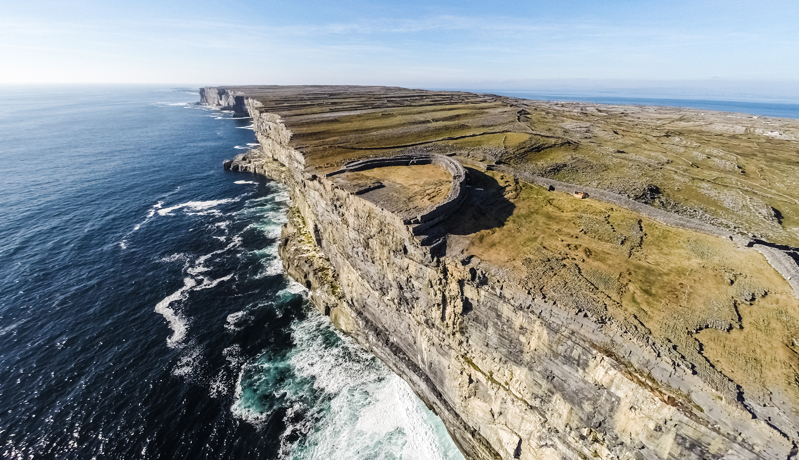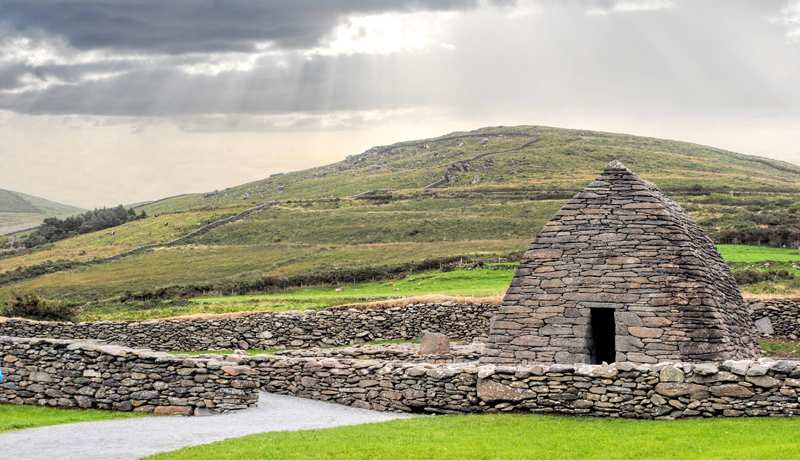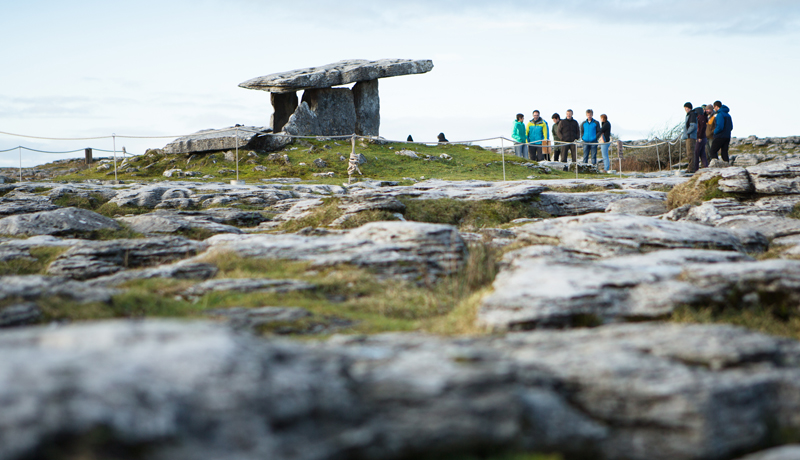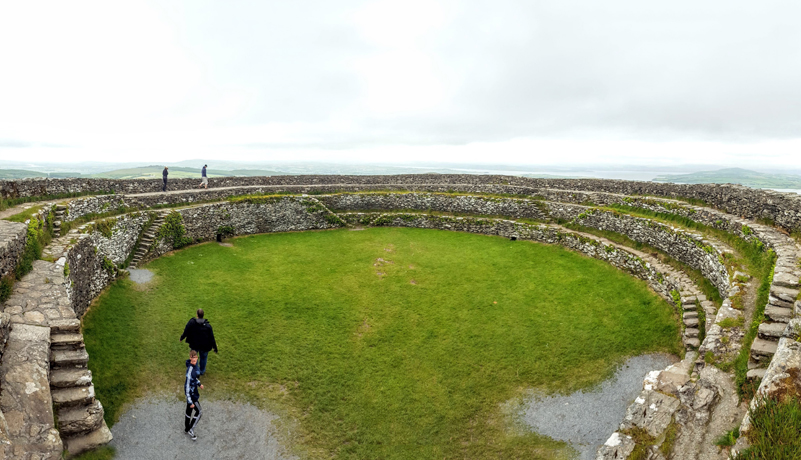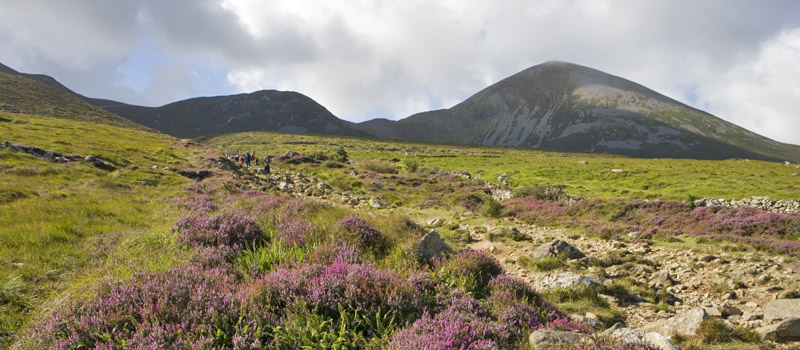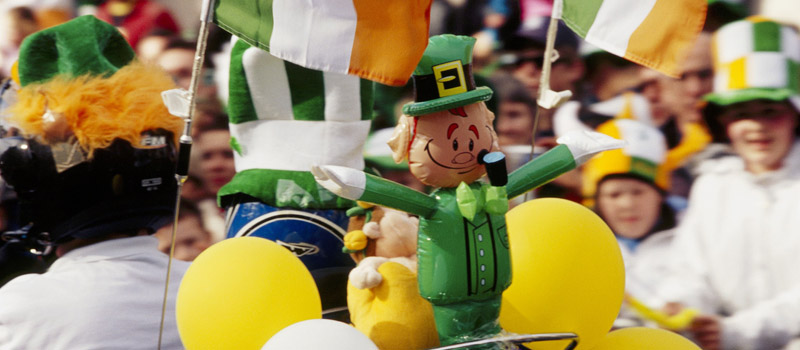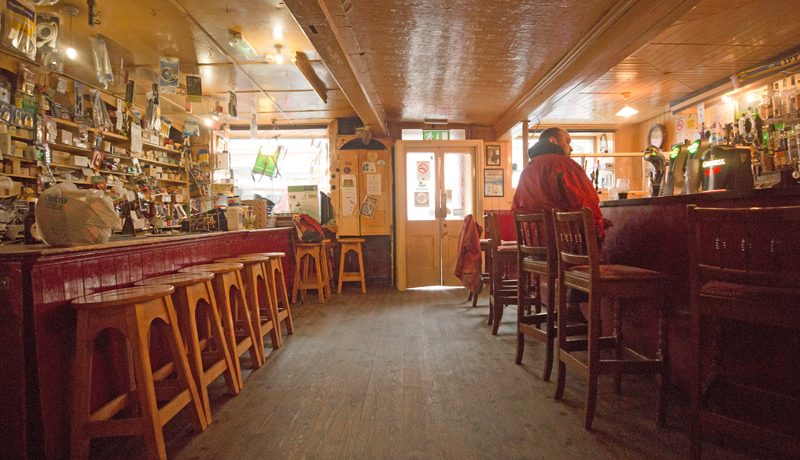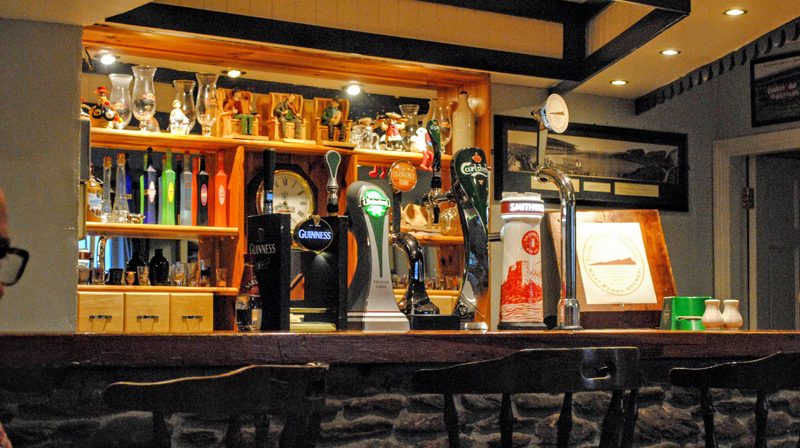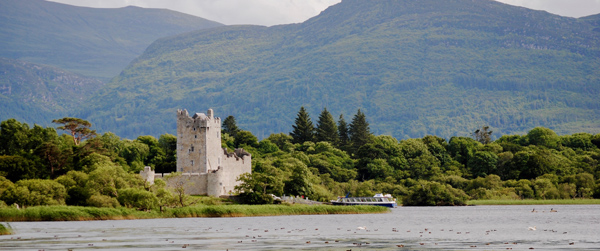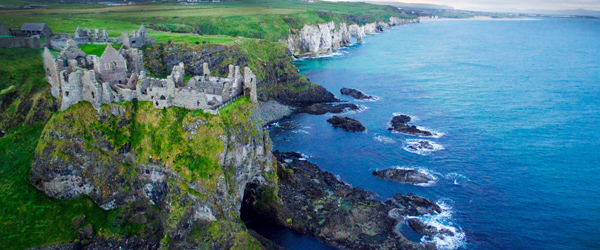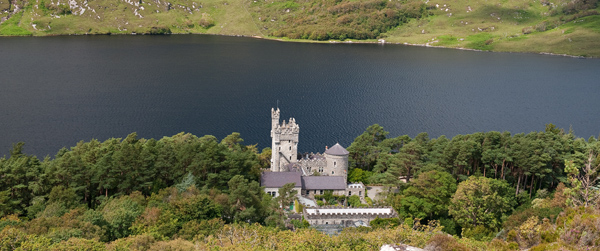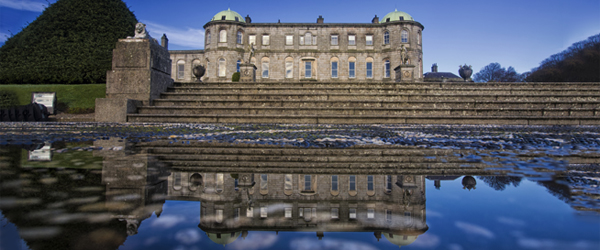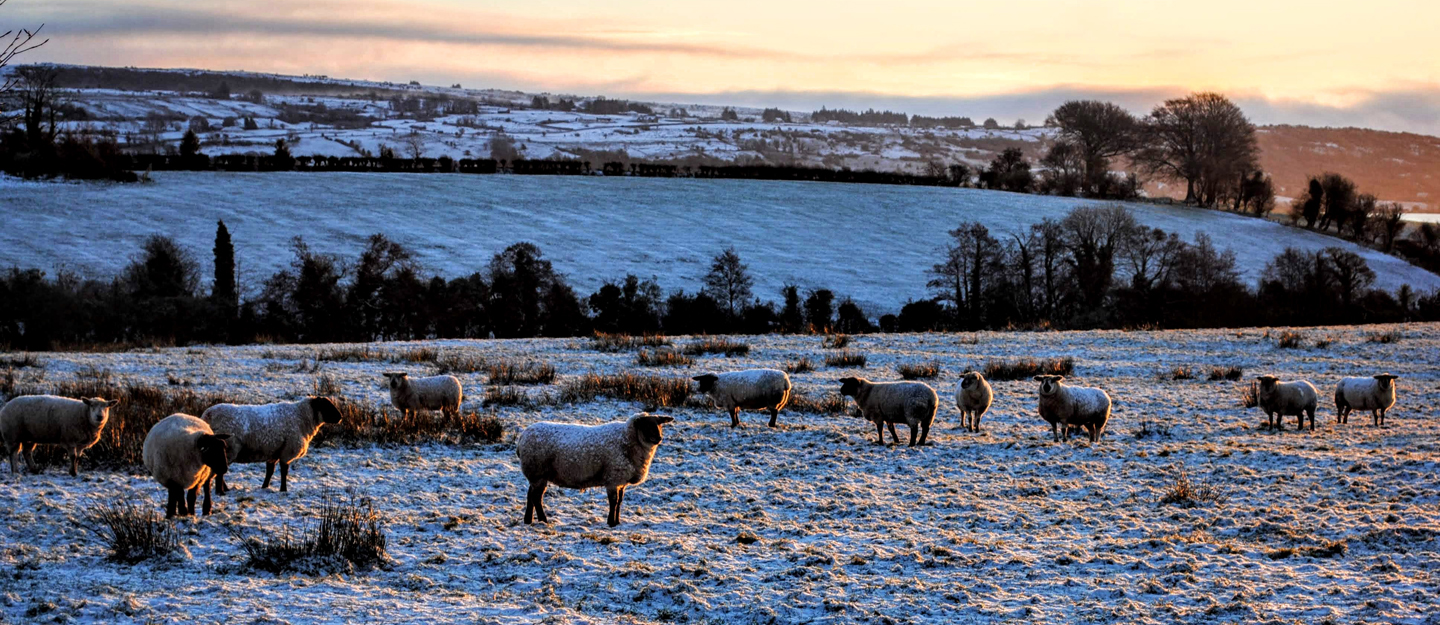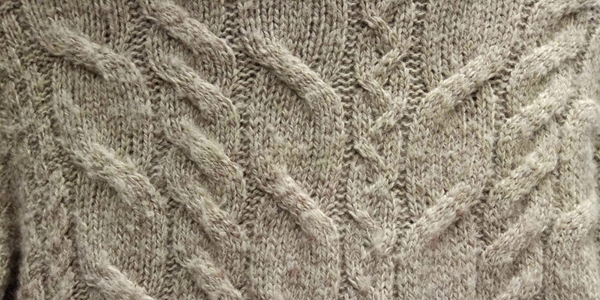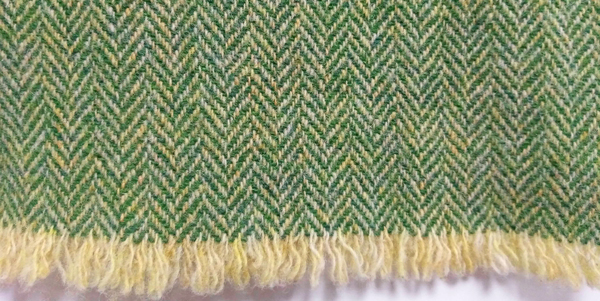Classic Novelists
James Joyce
From Ulysses (based on Homer’s Odyssey) to Portrait of an Artist as a Young Man and Dubliners, Joyce has had a profound effect on Ireland’s literary heritage here and abroad. He is regarded as one of the most influential and important authors of the 20th century, and popularised stream of consciousness.
C.S. Lewis
Born and raised in early childhood in Belfast (though educated in Oxford), Lewis is most known for his children’s fantasy series, The Chronicles of Narnia. He has said in the past that the mystical landscapes of counties Antrim and Down vastly influenced his fantastical Narnia world-building.
Bram Stoker
Bram Stoker is world-famous for writing the novel, Dracula, which he not only solidified the modern idea of a vampire, but created the idea of the character “Count Dracula.” Bram’s novel also brings to Britain images of exotic Eastern European places despite never setting foot there. He lends his name to the Bram Stoker Award in the horror genre.
Jonathon Swift
A clergyman once Dean of St Patrick’s Cathedral in Dublin, Swift is remembered for his satire, Gulliver’s Travels, which he claims he wrote “to vex the world rather than divert it”. The Encyclopædia Britannica titles him as the English language’s foremost prose satirist.
Maria Edgeworth
Maria was a leading figure in realist children’s literature, aa significant figure in the evolution of European novel at the turn of the 19th century, particularly amongst the growing number of female novelists. Born and raised in England, she spent most of her writing career managing her family estate in Edgeworthtown, Ireland. Largely forgotten today, her most famous novel is Belinda.
Elizabeth Bowen
Another female Irish author who has been largely forgotten in modern times, Bowen writes in literary modernism, and has written wartime tales and ghost stories. She was interested in “life with the lid on and what happens when the lid comes off” – innocence, betrayal, secrets, and respectability.
Flann O’Brien
The pen name of Brian O’Nolan, Flann is considered a key figure in 20th century Irish literature, and the modernist and postmodernist literature styles. At Swim-Two Birds and The Third Policeman are his most influential works.
Edna O’Brien
Award-winning author, O’Brien was cited as “one of the great creative writers of her generation” by former President of Ireland Mary Robinson. Themes include female emotions and relationships with both sexes. Notable works include The Country Girls trilogy and Little Red Chairs.
Frank McCourt
Best known for the memoir Angela’s Ashes for which he won a Pulitzer Prize, McCourt is an Irish-American who was born the USA, but was raised in Ireland. It is his Irish heritage that he explores in his memoir.
Modern Novelists
Sally Rooney
Up-and-coming author of Normal People and Conversations with Friends, Sally Rooney is an author from the west coast of Ireland who has become a hit world-wide.
Eoin Colfer
Best known for his fantasy children’s series Artemis Fowl, Colfer’s books are heavily influenced by Irish mythology and legend, notably the Irish version of fairies. He has worked with Marvel, written graphic novels, and has also published some adult crime fiction.
John Connolly
Notable for both his Charlie Parker crime novels (19 as of 2020) as well as his darker fantasy stories, ghost stories and fairytale retellings, Connolly is a prolific writer. He explores themes such as morality, compassion, salvation, and redemption.
William Ryan
Ryan is the author of five novels, including the Captain Korolev series set in Moscow, shortlisted for the Irish Fiction Award, and WWI and WWII-era novels.
Colm Tóibín
Currently a professor at Columbia University, this Wexford-born author has written several novels and stories exploring themes like Irish society, living abroad, creativity, preserving personal identity, homosexuality and loss.
Emma Donoghue
An Irish-Canadian writer, Donogue is best known for Room, a Man Booker Prize winner, and its subsequent screenplay.
Maeve Binchy
Binchy has written 16 novels selling 40 million copies worldwide. Often set in rural Ireland, she focuses on themes such as tensions between urban and rural life, Irish history of the 20th and 21st centuries, human nature, and contrasts of Irish vs English.
Sebastian Barry
A Laureate for Irish Fiction, Barry is noted for his dense and heavy literary writing style and is often considered one of Ireland’s finest writers. Two of his novels have been shortlisted for the ManBooker Prize. His work focuses on life in Ireland in the last two centuries, through war, upheaval and political risings.
Iris Murdoch
Though born in Dublin, she is usually considered a “British” writer, even making The Times list of 50 greatest British writers since 1945. She has written 25 novels, exploring themes of good and evil, sexual relationships, morality, and the unconscious.
